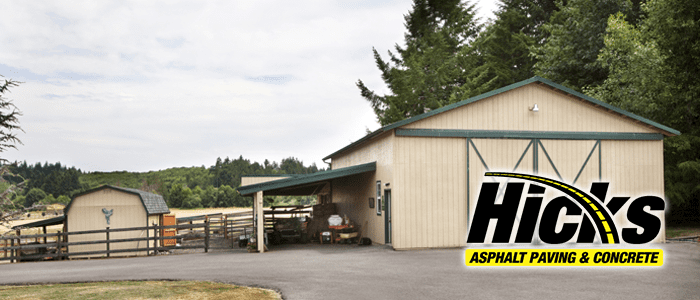Concrete 3D printing is starting to emerge and can change the construction business for years to come. Concrete 3D printers have become very sophisticated, and a lot of successful projects and experiments have been completed. In this article, we will go over a quick history and how they are making an impact in the construction industry.
The History
This concept of building concrete structures like houses, bridges, or overpasses is not new and it is quite time consuming and expensive. The tests for automated construction have been around for some years now. Firstly, in the 1960’s, scientist created an automated machine using isocyanate and pumped concrete. This technology wasn’t very mature at the time so the tests they ran were kind of inconclusive. In the 2000’s, new techniques tried to imitate concrete. The D-shaped technique developed. This is when a large 3D printer that uses sand and inorganic seawater creates stone-like objects. The European Space agency is planning on using it to print a base on the moon.
New Developments
A concrete-like material has also been created using 3D printing by the researcher named Behrokh Khoshnevis. This process is called contour crafting. Now major 3D printed projects are quite recent. The technology hasn’t been quite studied enough to print large structures at an architectural scale. Though there is a growing interest in large 3D printing and now that the 3D printing field has advanced, these construction projects are worth considering. Contour Crafting is the most promising concrete printing method, but other techniques can be used. Though the idea is the same, the way the you install reinforcement is different.
The Loughborough University in England, started to explore the possibilities of concrete printing in 2008. If 3D printing is not a new manufacturing method, it is new to deal with concrete material inside of an automated robot. They did create a manufacturing process using robotic arms to deposit material in order to get a desired shape. They are working on a modern architecture style, playing with lines, curves, and forms.
The Future
Concrete printing is mainly used for tests at the moment, but we see that it could be a real asset for architecture. Indeed, everything is printable: concrete walls, concrete blocks, ect. Have you heard of the entire houses that were built from concrete? Amazingly, these houses are completely built from concrete in under 24 hours. The process is quite fast and is now offering new opportunities, completely revolutionized housing construction. This doesn’t mean that the construction field doesn’t need workers anymore. Now operators need to control the 3D concrete printer, just like any other construction systems. Those structure still need solid foundations and flat surfaces to build upon.
Concrete printing machines have built small bridges, art, and even a small castle in a garden. These printing tools could allow us to create any feature of the urban space we want. A company called XtreeE is using concrete printing to create concrete pieces of artwork like vases, and columns. Some larger 3D printers are building huge structures, but there is no particular accuracy to them. Some machines are able to print smaller and more accurate structures. It really does depend on the project itself though.





